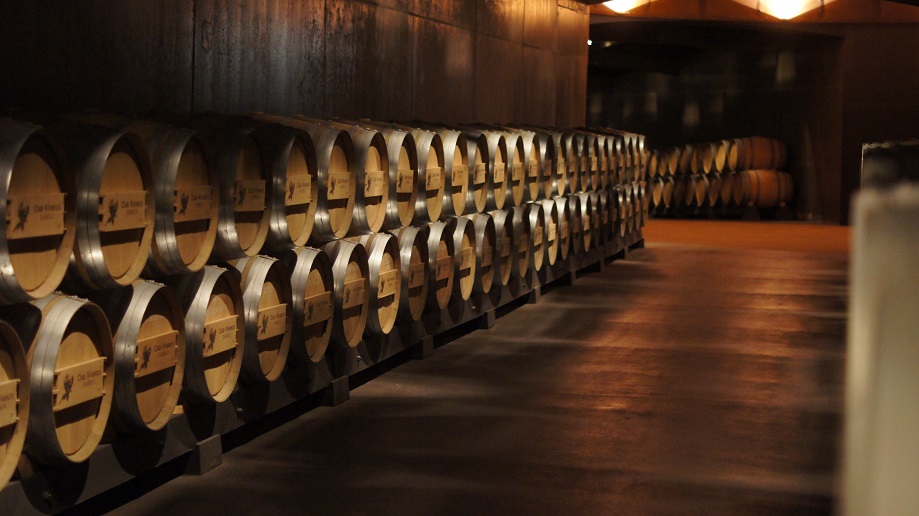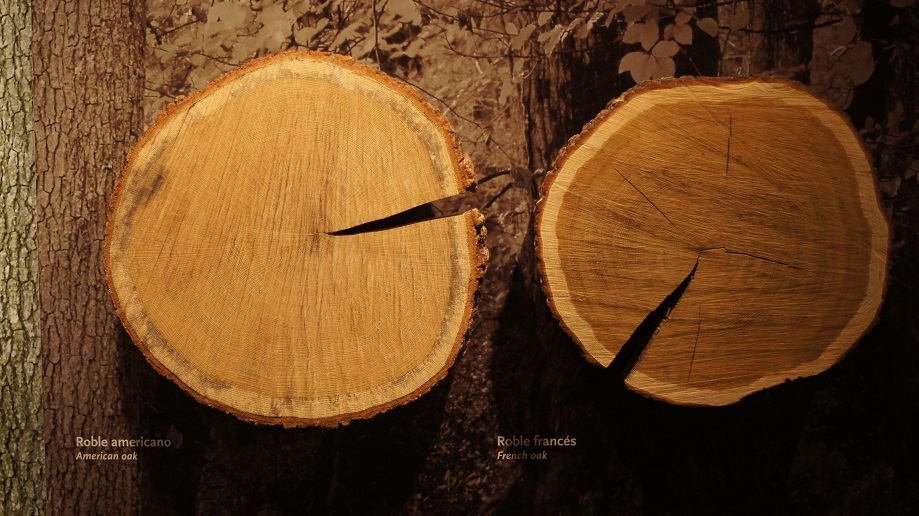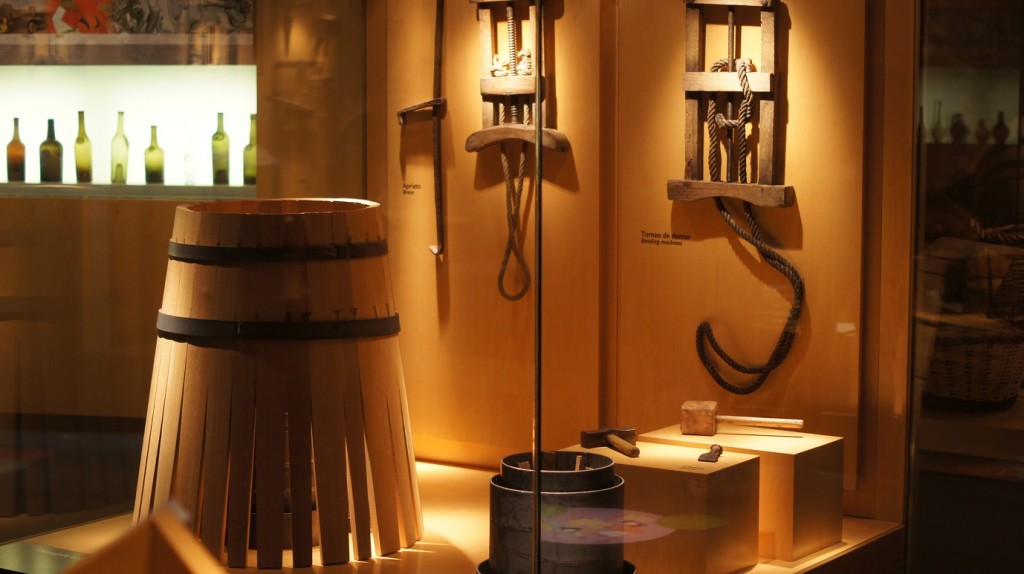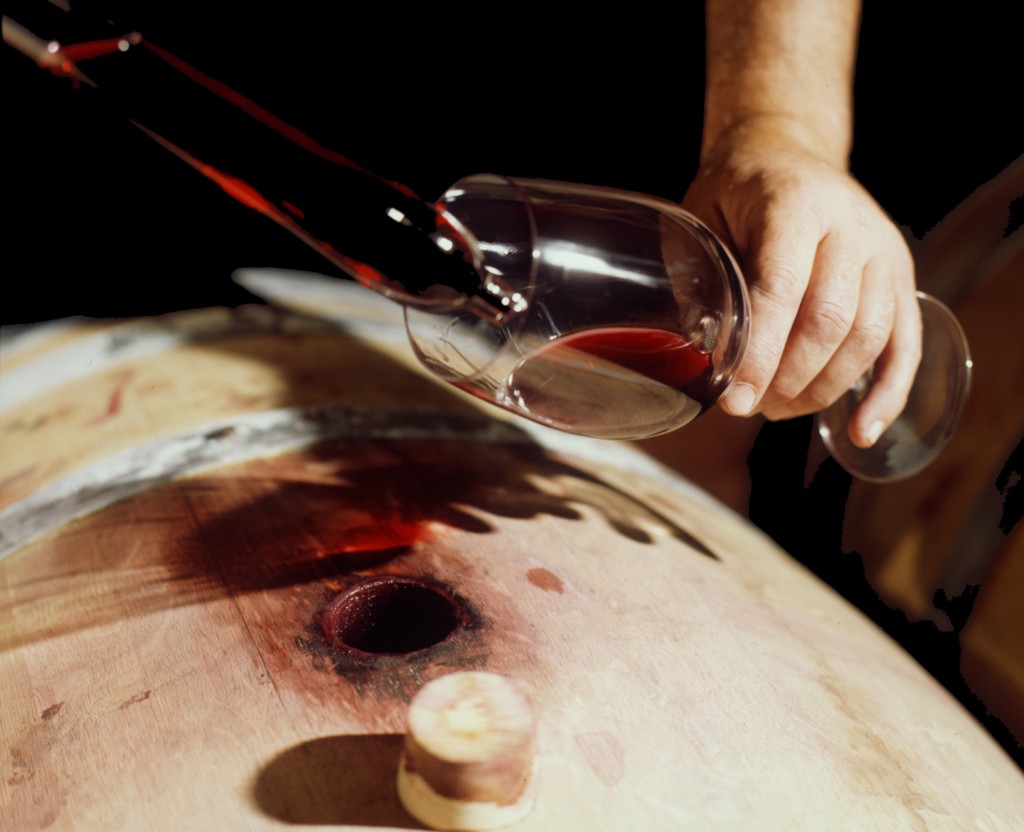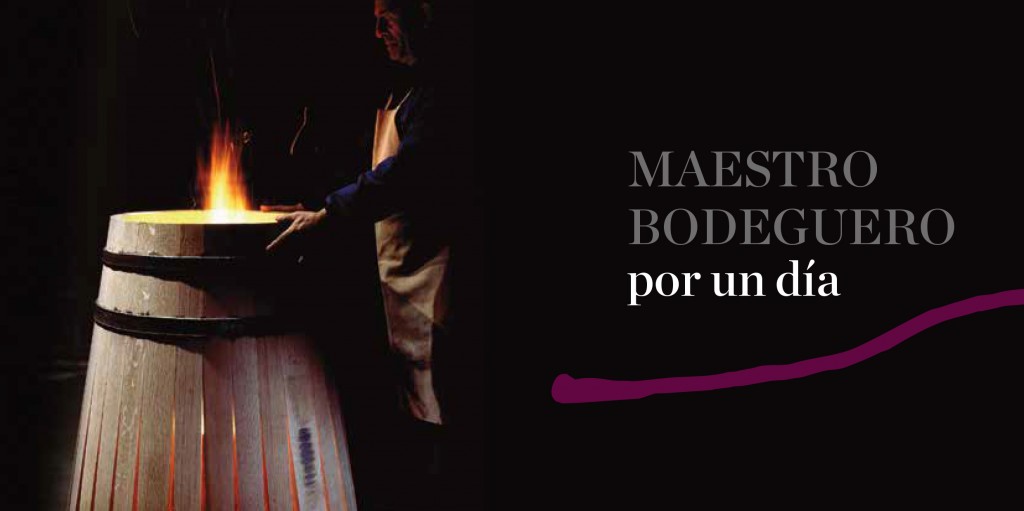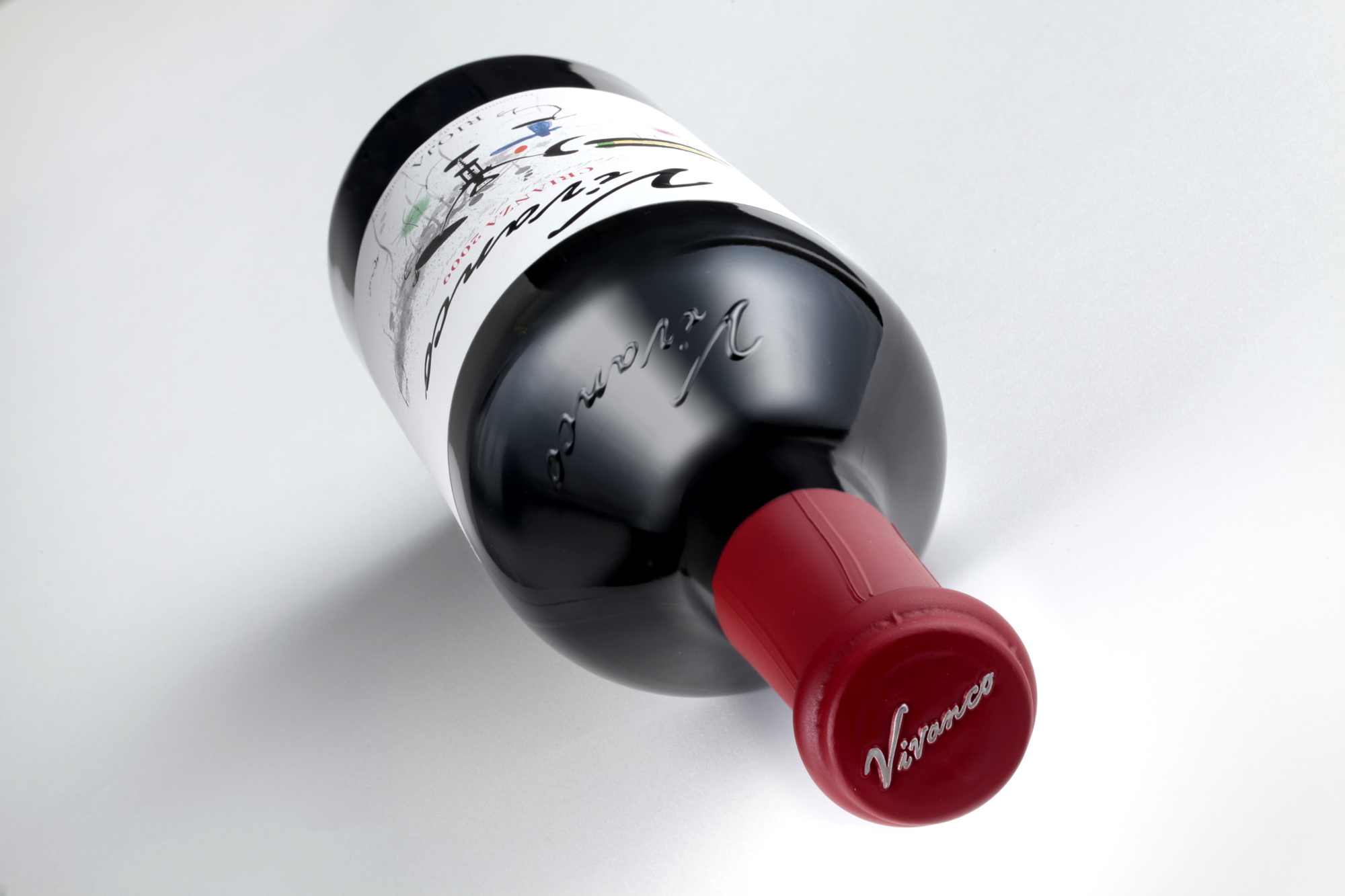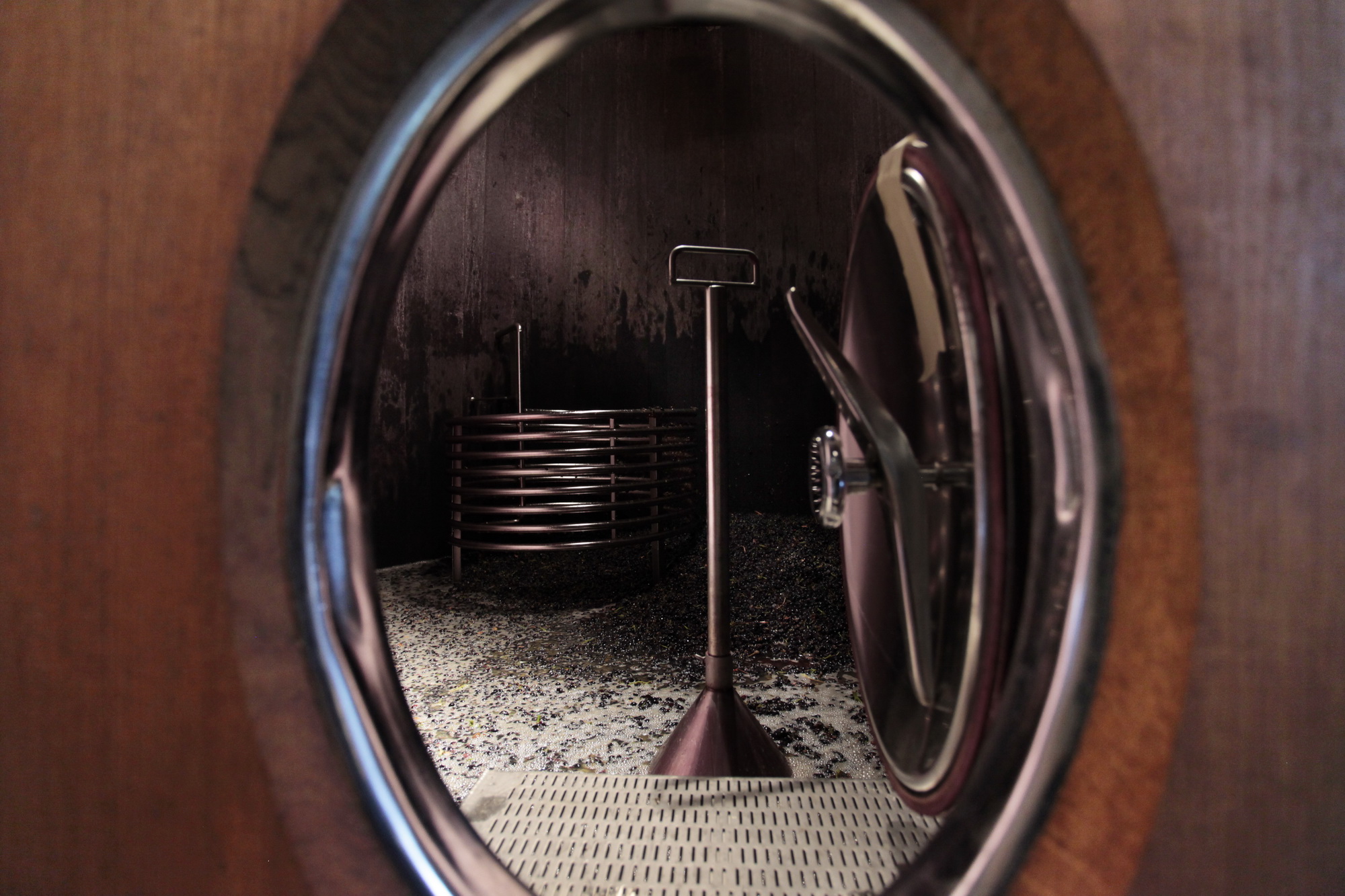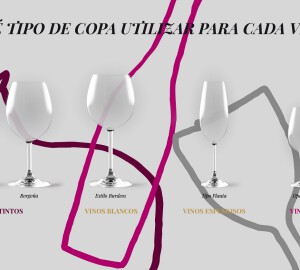The wooden cask -or wine barrel- is the magic container that contributes decisively to determine the characteristics of good wine. Inside, must turns to wine; it gains character and personality.
Walking inside the barrel room of a winery is like entering a temple or mausoleum. It is impressive. The smell, the humidity, the silence… It permeates. It makes you a participant, an accomplice of the work being done there; you’re imbued by a powerful sensation of respect. Perfectly arranged rows of barrels keep secrets that will be uncorked for the enjoyment of all wine enthusiasts.
Before becoming an integral part of the wine aging process, we must mention the secrets and abilities that surround the artisanal process of building a wooden cask, as well as the deep knowledge of the cellarmaster when blending wines. If you want to learn more about these processes, we’ll tell you all about them in this post.
The secret of its origin
Wine has been fundamentally linked to the Mediterranean, its history, culture, and celebrations. Egyptians, Greeks, Phoenicians, Iberians, Romans… All great civilizations fell under the inebriating spell of wine. They made wine and worried about conserving and transporting it. Hence, the wooden cask, after a long process, became one of the most suitable containers for this purpose.
Nevertheless, the cask was not invented purposefully for wine; it was used to transport all types of liquids and solids. Thanks to its strength and shape, the wooden barrel displaced amphorae, clay pots, wineskins, and all the other vessels used previously to conserve and transport wine.
From the times of Roman emperor Augustus until a relatively short time ago, wine was traded in wooden casks. Prominent commerce brought by the standardization of the size and volume of the wooden vessels to maximize the volume-surface ratio. This is how the 500-liter “Botas” from Jerez or the Port “Pipes” were born; as was the 225-liter Bordelaise “Barrique”, unofficially adopted as the wine industry standard by 1836.
From the time of the first Roman emperor, Augustus, until relatively recently, wine was traded in barrels, which became so important that the volume of the barrels was standardised in order to achieve a better surface-volume ratio. Thus were born the sherry butts and the 500-litre Port casks and the 225-litre Bordeaux cask, which was almost officially adopted in 1836.
The secret of fabrication
The quality of the cask’s wood plays a key role in the aging of red wine. Cask building implies, first and foremost, the quality of the raw material: the wood.
Casks were traditionally made from the most abundant timber in the area they were made: chestnut, pine, acacia, cherry, ash, beech… Nevertheless, today they are made almost exclusively from oak. This is thanks to its abundance, hardness, and the particular characteristics of its components. These properties of oak wood helped its consolidation as the most adequate for the conservation and aging of wine.
Out of the more than 150 species of oak that are known, only three are used in barrel making:
- Quercus petraea or "French oak", with a fine, non-porous wood.
- Quercus robur or "limousin oak" with very tannic and porous wood (not often used for wine).
- Quercus alba or "American oak" with compact wood.
The wood used for barrel making comes from trees that have at least 35 cm (14 inches) in diameter, with no defects (knots or branches) and straight grain. Reaching these measurements means the trees are at least 120 years old; consequently, their plantation and felling have been regulated for centuries.
The stave is the basic building unit for a barrique. Each barrique is made up of between 25 and 32 staves; a long and thin strip of wood with a thickness between 22 and 30 mm (0.8 and 1.2 inches). Staves are shaped so that each is wider in the middle and slightly tapered at the ends.
The way we obtain the staves varies depending on the type of oak. American oak can be sawed (machine-cut), while French oak requires the trunk to be split/cleaved; that is, introducing a metal wedge that splits the wood following the direction of the fibers. The efficiency in the use of raw materials varies, with wastage differing from 50% in American oak, to 80% in French oak; one of the reasons why French oak barriques are more expensive.
Once the staves have been extracted, several operations are carried out as part of the barrel-making process:
- EQUALIZING or “CANADO”:
Dried staves are first processed to cut them to the desired length for barrel production.
- PLANING or “ALISADO”:
The staves are planed, sanded, and shaped to make the ends narrower than the “bilge” (the wide middle part of the barrel).
- JOINTING or “FLECHADO”:
the edges of the staves are cut to form miter joints that ensure the staves will fit tightly and not leak.
- ASSEMBLY or “MONTAJE”:
The staves are set by placing them vertically together, in order, around the inside of a large steel ring. This step is called “raising the barrels” or “mis en rose” due to the tapered shape of the staves that will form the barrel at this stage.
- BENDING and FORMING or “DOMADO y CURVADO”:
This step entails bending the staves into shape using heat. The staves are first brushed with water. The cooper will then light a small fire in the middle of the barrel. The combination of humidity and heat makes the wood flexible. The cooper places another ring around the bottom of the barrel and as the wood begins to heat up, a large vise will tighten the staves together like a belt.
The heating is carried out gradually inside the bell. The bending is achieved by squeezing all the staves simultaneously at the bottom through a rope that surrounds them on the outside and closes the circle in a belt-like manner.
- STEAMING or “RECOCCIÓN”:
The barrels are steamed for a minimum of 30 minutes to soften the fibers in the wood and make it pliable for the bending process.
- TOASTING or “TOSTADO”:
As the barrel takes its final shape, other metal hoops are placed to hold it together. Next, the cooper will “toast” the interior of the barrel, deciding between three main types depending on the intensity of the singe. These toast levels are Light, Medium, and Intense. This step produces physical and chemical modifications in the wood which have a huge impact on the flavor of the wine stored in the barrel, complementing those that wood already possesses.
This operation produces physical and chemical modifications in the wood, which leads to the formation of substances that give the wine pleasant aromas and flavours that complement those of the wood.
The last phases of cooperage are: making the heads (top and bottom lids), putting the final hooping that will keep everything in place, making sure the barrel is completely waterproof, making the holes, affixing the plugs, and final quality control.
French and American oak
Good wines must be aged in oak barrels where they develop and mature slowly.
Oak barrels allow for moderate oxygenation of the wines, taming the astringency, stabilizing color, and also contribute different compounds that enhance the wine’s flavors and aromas.
New oak imparts tannins to the wine and prevents the loss of red coloring. Hence, during the aging process in oak barrels, wine changes color very slowly.
Also, with time, minimal quantities of oxygen penetrate the barrel through the wood’s pores and react with the wine inside. This process, known as “micro-oxidation” makes the wine age and mature.
French oak provides aromas of vanilla; American oak, on the other hand, is known for its aromas of coconut and for having low tannin levels. French oak has a sweeter flavor, and in the first years of use, contributes bigger tannins and flavor; nevertheless, it’s not as long-lived as American oak.
Most wineries will use both types of oak -American, and French- depending on the character and attributes they want their wine to have.
Blending
Once the wine has gone through all the winemaking processes and we have the final bottled product , it is now time to taste, savour and enjoy it.
Once the wine has passed through all the stages of the winemaking process and we have the final product in the bottle, it is time to taste, savor, and enjoy. Our wine choice can depend on many factors, among them -and maybe, the most interesting- is the grape variety that it is made from; may it be a single variety (monovarietal) or a blend:
- Single-varietal wines
wine made from one grape variety. European legislation -depending on the geographical region or D.O.- considers a wine “single variety” when it includes at least 85% of wine from the same grape.
- Blended wines
Blending is the art of mixing different wines to unify, complement, or improve their quality. This blending process of separate wines from distinct varieties is a tool to enhance the quality of a wine or tweak certain nuances and minor defects. Wine blends can vary widely:
There are different types of coupage wines:
- · Wines made from a mix of single-variety wines made from different grapes to achieve a final wine that is more complete, rounder, or with a more personal and distinctive character.
- A mix of wines of the same variety with different characteristics. The differences may be geographical (planted in different plots) or even considered from a perspective of the age of the vineyards.
- A blend of wines made from the same variety where the difference is the time spent in contact with oak; for example, mixing a wine that’s been oak matured with a young wine that has seen no time in barrel.
Do you think you know about wine? Prove it and become "Cellar Master for a day".
The cellar master is a key figure in the day-to-day running of the winery. His extensive knowledge, his experience and the respect he shows for the raw material, the grape, make him one of the fundamental pillars on which the final product, a good wine, is based.
Vivanco invites you to become a cellar master for a day , experiencing all the sensations that awaken when you create your own wine.
Putting yourself in their role will allow you to learn about all the steps in the winemaking process and the instruments used. You will also be able to distinguish the different types of oak used to make the barrels, test your sense of smell with the different types of toasting and the aromas that the wines acquire.
You will also enjoy two of the best red wines from Vivanco in a privileged location with views of the vineyards and the Sierra de Cantabria. If you want to know more about this experience, you can check it out here.






